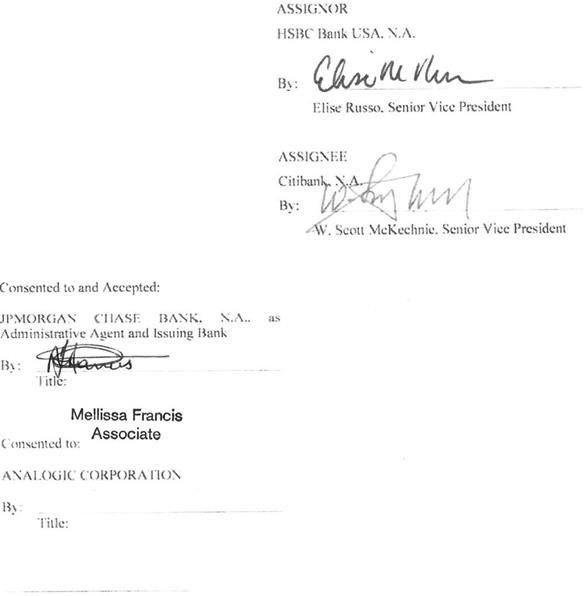Dividends in arrears definition
Content

GAAP, if a stock dividend is especially large (in excess of 20–25 percent of the outstanding shares), the change in retained earnings and contributed capital is recorded at par value rather than fair value2. It should be noted that some companies use separate accounts called “Dividends, Common Stock” and “Dividends, Preferred Stock” rather than retained earnings to record dividends declared. A corporation’s cumulative preferred dividends in arrears at liquidation are payable even if there are not enough accumulated earnings to cover the dividends. Cumulative Preferred StockCumulative preferred stock is a class of shares wherein any current year’s unpaid or undeclared dividends must be accumulated and paid in the future. However, such stocks are costlier, do not have voting rights and cannot demand the interim dividends. Similarly, any dividends in arrears due to the owners of preferred shares must be paid in full before the board considers paying a dividend on common shares.

Since there is a $3,000 balance in the arrears account (including year three’s balance), cumulative preferred shareholders are paid first. The entire $2,500 payment goes to cumulative shareholders and reduces the arrears account to $500. No common or regular preferred stockholders are paid this year.
What is a Dividend in Arrears?
Note that this only applies to cumulative preferred stock. If the prospectus says the preferred stock is non-cumulative, there will be no dividends in arrears. Are common stock dividends that have been declared but not paid. Are dividends that have not been declared dividends in arrears are dividends on on cumulative preferred stock. Are reported as a liability on the balance sheet until paid. To illustrate how these three dates relate to an actual situation, assume the board of directors of the Allen Corporation declared a cash dividend on May 5, .
- Having the preference does not guarantee preferred stockholders a dividend, it just puts them first in line if a dividend is paid.
- See FSP 7.4.2 for information on participating securities and the two-class method of calculating earnings per share.
- The financial advisability of declaring a dividend depends on the cash position of the corporation.
- The company may, if its board of directors chooses, vote to give the owners of common shares a dividend, which represents each owner’s share of the profits.
- Although the use of participating preferred stock was fairly common early in the twentieth century, its use is currently confined usually to closely held companies.
As stated above, common stockholders won’t receive a dividend as long as there are outstanding dividends in arrears. If you’re a seasoned dividend investor, you’ll know how to find and calculate the current dividend yield and should know already if dividends aren’t being paid. If that’s the case, look into whether there are preferred shares and dividends in arrears. Finally, calculate total dividends in arrears by multiplying the quarterly expected dividend payment by the number of missed payments. This is the amount that must be paid out before common stockholders are issued dividends.
dividends in arrears definition
When calculating for diluted EPS, we must always consider and identify all potential ordinary shares. Jan. 2 Purchased 3,000 shares of its own stock at $25 cash per share. In this example, no dividends are paid on either class of stock in year 1. PwC refers to the US member firm or one of its subsidiaries or affiliates, and may sometimes refer to the PwC network.
Preferred stock shares are issued with a guarantee of a dividend payment, so if a company fails to issue those payments as promised, the total amount owed to the investors is recorded on its balance sheet as dividends in arrears. The existence of any dividends in arrears is a concern to common stockholders, since they cannot receive any dividends until the full amount of the dividends in arrears has been paid to the preferred stockholders. This can effectively eliminate all dividends to common stockholders for an extended period of time. If the situation ever improves, the board of directors will then authorize that a portion or all of these dividends be paid. Once the authorization is made, these dividends appear in the balance sheet of the issuing entity as a short-term liability. When paid, dividends in arrears go to the current holder of the related preferred stock.
When Dividends Are Suspended
Explain each of the following preferred stock dividend preferences. Dividends are incentives in the form of payments to shareholders of a company. Explore the different types of dividends and the standard method of payments that they occur in. The investor’s preference between the current cash dividend and the future capital gain has been viewed in kind.
You can view the transcript for “Compute preferred dividend on cumulative preferred stock with dividends in arrears” here . Dividends are the return on investment on the part of the corporation’s shareholders and equity reduction on the part of the company. All dividends declaration will be taken from the company’s retained earnings only. Dividends are payments made by a corporation to its shareholders; the payment amount is reported as dividends payable on the balance sheet.
